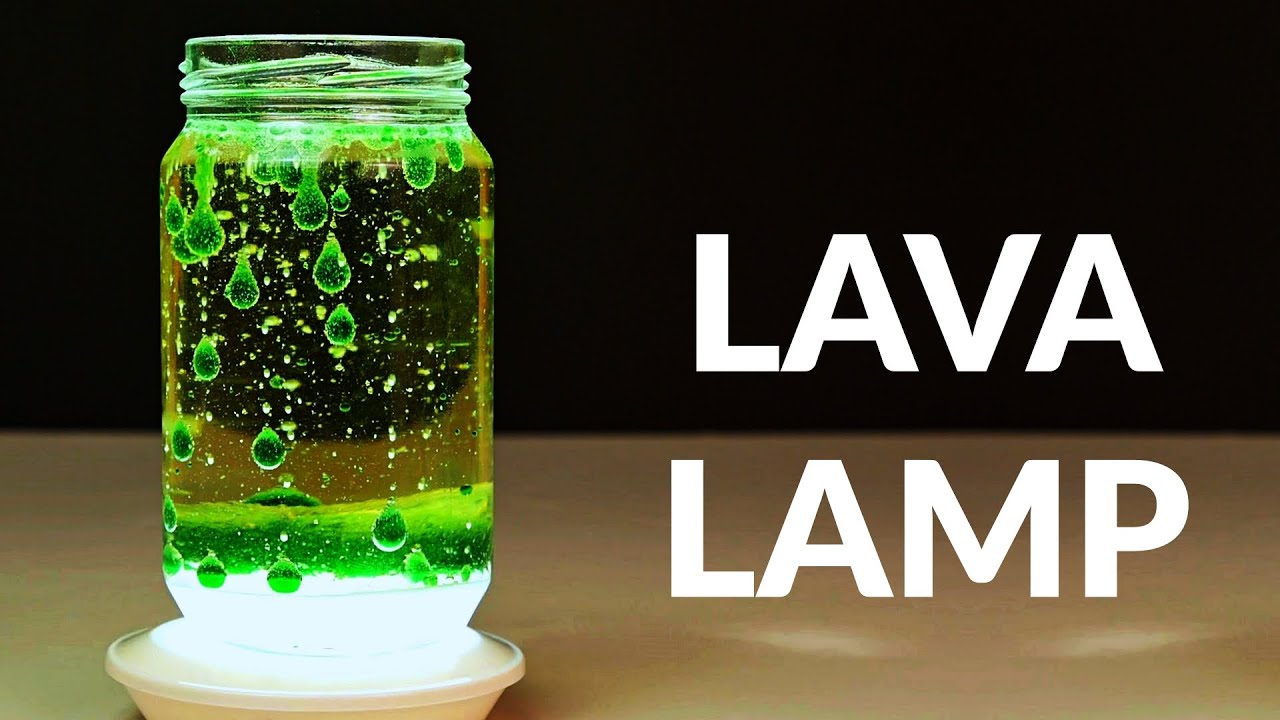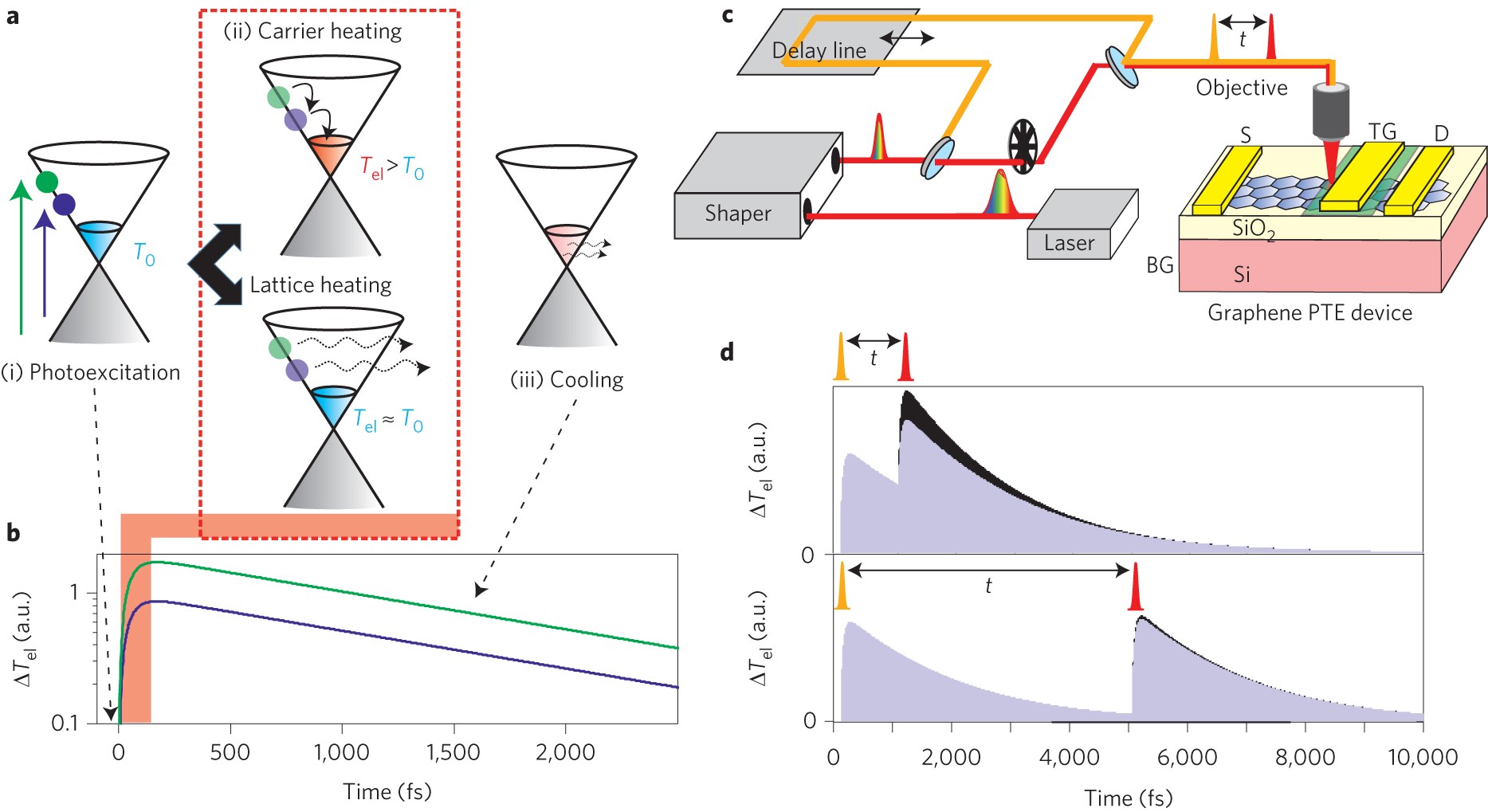How Long Does a Lava Lamp Take to Heat Up? Exploring the Colorful Physics
Lava lamps are mesmerizing decorative pieces that have captivated generations with their swirling, colorful blobs of liquid. While they add a unique ambiance to any room, questions often arise about their inner workings, such as how long it takes for a lava lamp to heat up and create its characteristic display. In this article, we'll delve into the fascinating physics behind lava lamps and provide insights into the time it takes for them to reach their full glowing glory.
1. The Magic of Lava Lamps

Lava Lamps
Before we delve into the heating process, let's appreciate the magic of lava lamps.
These retro decor items combine art, science, and light to create an ever-changing, captivating visual display that is both soothing and mesmerizing.
2. Understanding the Components
To understand how long a lava lamp takes to heat up, we need to explore its key components.
A lava lamp typically consists of a glass container filled with a special liquid mixture and a colored wax substance.
3. The Role of Heat
Heat is the driving force behind the mesmerizing motion of a lava lamp.
The heat source at the bottom of the lamp warms the wax, causing it to expand and become less dense than the surrounding liquid.
As a result, the wax rises to the top of the lamp in bulbous shapes resembling blobs or lava.
4. Starting the Heating Process
When you turn on a lava lamp, the heat source, usually a light bulb, begins to warm the base of the lamp. This is the starting point of the heating process, which sets the entire display in motion.
5. The Heating Timeframe

Heating Timeframe
The time it takes for a lava lamp to fully heat up and start its characteristic motion can vary.
On average, it typically takes around 30 to 60 minutes for a lava lamp to heat up to the point where the wax starts to rise and create the mesmerizing blobs.
6. Factors Influencing Heating Time
Several factors can influence the heating time of a lava lamp:
Lamp Size: Larger lava lamps may take slightly longer to heat up compared to smaller ones due to the increased volume of liquid and wax.
Ambient Temperature: The room's temperature can also impact the heating time. In colder environments, it might take a bit longer for the wax to heat up and start moving.
Wax and Liquid Composition: The specific composition of the wax and liquid mixture can affect the heating time.
Some formulas may heat up more quickly than others.
7. Patience Pays Off

Patience Pays Off
While waiting for a lava lamp to heat up, it's important to exercise patience.
The anticipation of the mesmerizing display adds to the experience, and the gradual transformation from solid wax to flowing blobs is part of the charm.
8. Maintenance and Care
To ensure optimal performance and longevity of your lava lamp, it's important to follow the manufacturer's instructions for usage and care.
Regularly cleaning the lamp and replacing the light bulb when needed can help maintain its efficiency.
9. The Visual Delight
The moment when a lava lamp finally heats up and starts its colorful dance is a visual delight.
Watching the blobs rise and fall in a mesmerizing rhythm can be both relaxing and captivating.
The time it takes for a lava lamp to heat up and create its iconic display is a testament to the interplay of heat, physics, and artistry. As you patiently wait for the wax to transform and the blobs to come to life, you're witnessing the result of a process that has delighted generations. Whether you're using a lava lamp as a decorative piece, a conversation starter, or a relaxation aid, the experience of watching it come to life is a reminder of the beauty that can arise from a seemingly simple combination of heat and creativity.